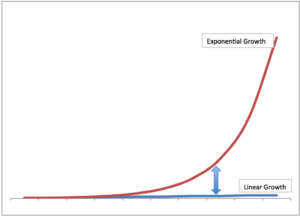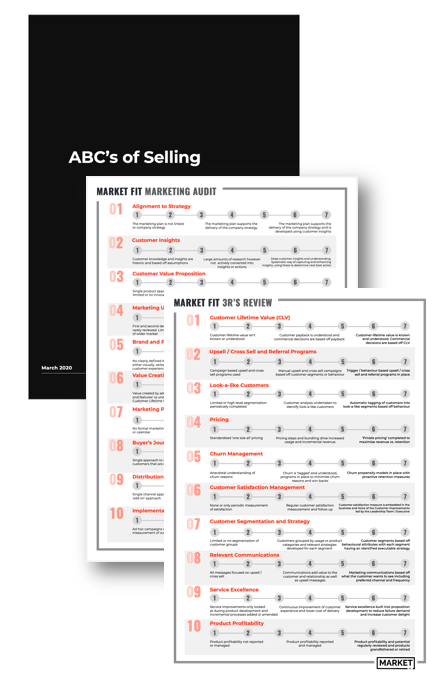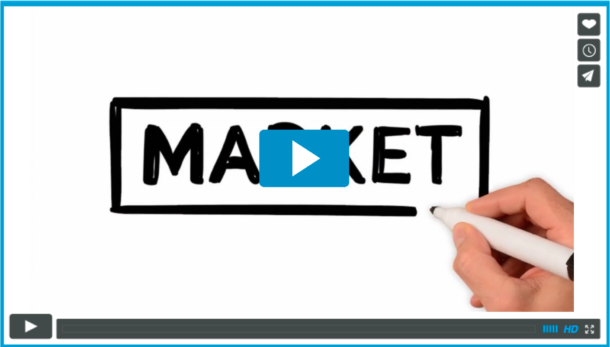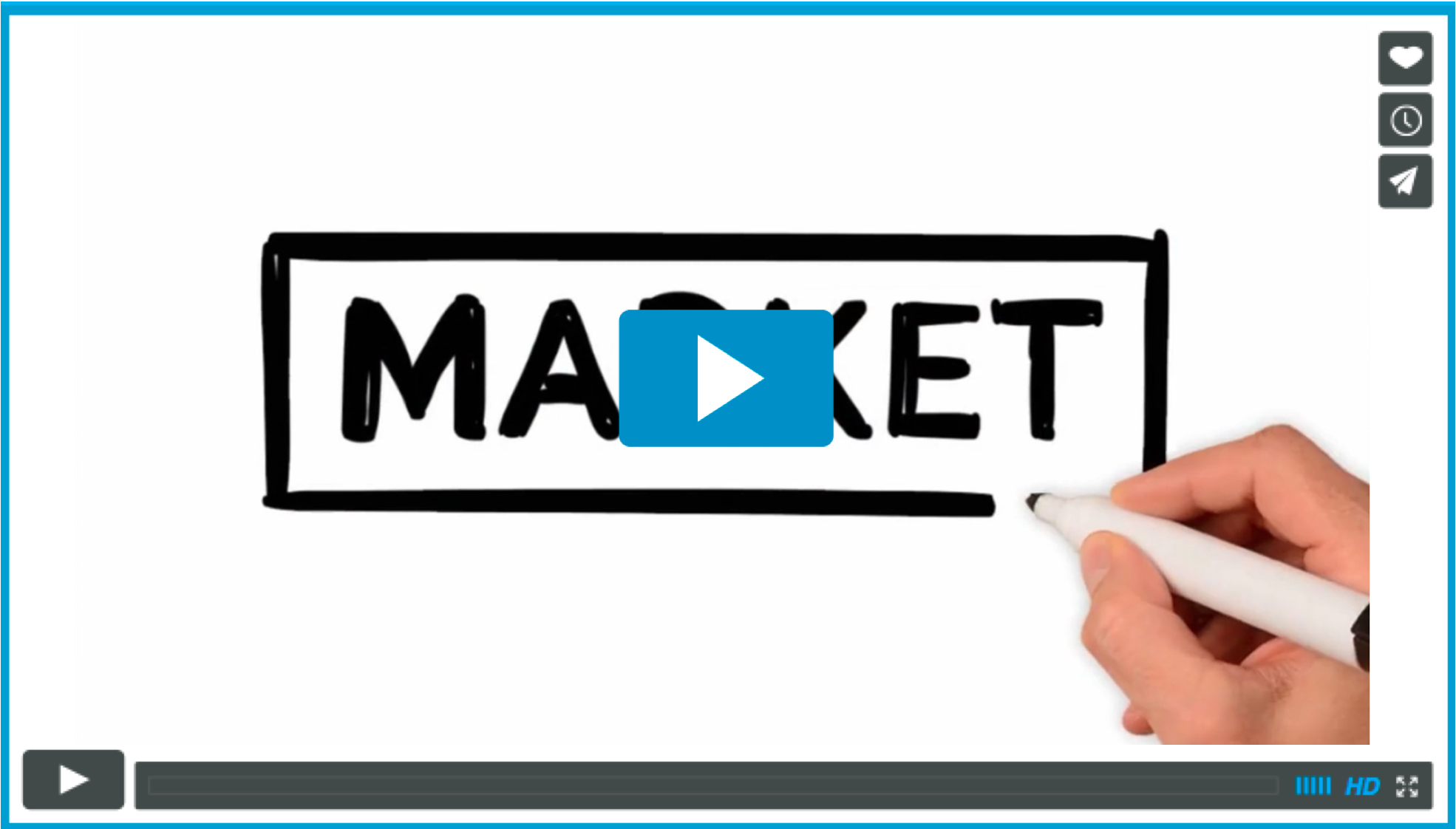In the last week I’ve been hooked on a fantastic new book – Bold: How to Go Big, Create Wealth and Impact the World. Demonstrating the impact technology is having on change (and how technology-driven change can only continue to increase) the book has really expanded my thinking on the opportunities this is opening. It’s changed the way I view the growth of technology and its impact on both new and established businesses.
Underpinning the book is a simple concept. Growth today is exponential and no longer linear – instead of thinking of growth as “1, 2, 3, 4 5” we should think of growth as compounding or doubling i.e. “1, 2, 4, 8, 16”.
Likening this new growth paradigm to Einstein’s famous quote (“Compound interest is the eighth wonder of the world. He who understands it earns it … he who doesn’t pays it.”) the authors Peter Diamandis and Steven Kotler see it as imperative you disrupt your own company before someone else does. With the exponential nature of technology-driven growth, standing still is now the business kiss of death.
The book outlines the “Six Stages of Exponential Growth” – or the Six D’s (Digitalisation, Deception, Disruption, Demonetisation, Dematerialisation, and Democratisation).
Digitalisation – Everything is going digital, be it images, words, music, video or communications. And once digital, it then is subject to exponential growth as defined by Moores law.

Disruption – Digitalisation increases the options for disruption – innovation and technology will either create a new market or disrupt an existing one. Unfortunately for the disrupted, disruption always follows the deception period… the initial technological threat may seem laughably insignificant in the deception stage – by the time you clock onto the growth it often has unassailable momentum.
Demonetisation – This is when money gets removed from the equation. Referencing Chris Anderson’s Free, the authors show one of the easiest ways to make money through utilising “free”. Free was written in a coffee shop, on free wi-fi, and on a $400 netbook, utilising free Google apps. There are many examples that show this, be it Wikipedia vs. Encyclopedia Britannia or Skype vs. long distance/toll calling.
Dematerialisation – This is when form factors change or converge, resulting in the disappearance of some goods and services. Smartphone apps are perfect examples – a phone has now replaced the calculator, the camera (still and video), the game console, the GPS, the alarm clock, even now even the iPod. Kodak’s first digital camera was 0.01megapixels, weighing 2kgs and costing approximately $US10,000. Today a 10+ megapixel camera weighing less than comes “free” with every 15 gm smartphone…
Democratisation: This is when access becomes universal when the Masai herdsman with a smartphone can just as easily learn agri-business innovations as the Waikato farmer. Phones are deep in this phase right now – there are forecast to be 1 billion mobile phones in Africa by 2016.
Key Takeaways:
For me, the book’s key insights are in the first three Ds – Digitalisation, Deception and Disruption. I think they generate these five key questions:
- Has any part of my business been digitised, and how can it be?
- Think hard before accepting your business cannot be digitised. Consider Uber and AirBnB – they both digitised businesses traditionally considered safe due to high barriers to entry, and requirements for physical infrastructure such as cars and hotel rooms.
- What digital trends in the couple of years have since fallen out of favour due to lack of growth – is this classic deception phase?
- What part of my business should I be digitising and disrupting myself, getting ahead of the curve before I’m hit by new competition?
- What does free look like for my business model?




